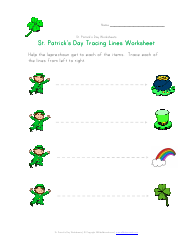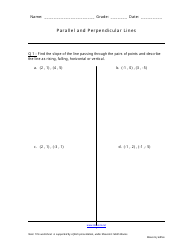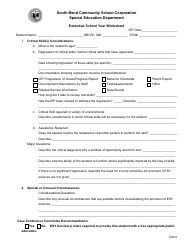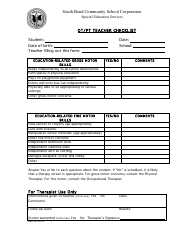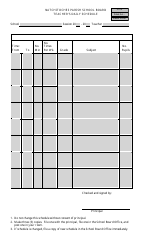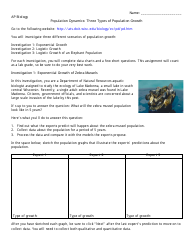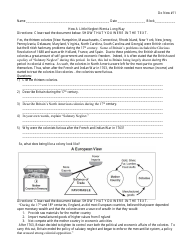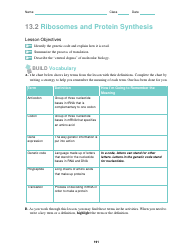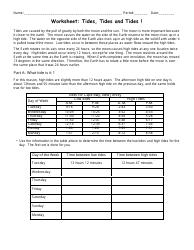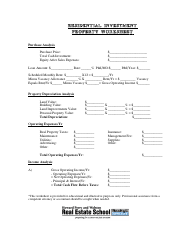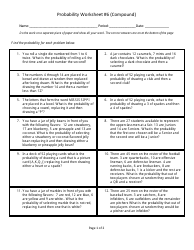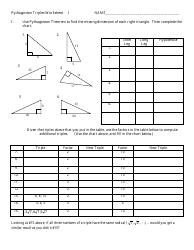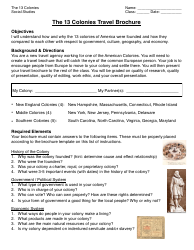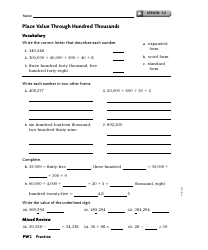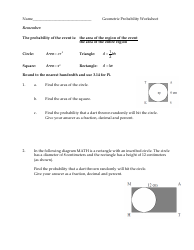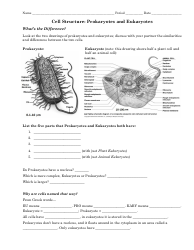School Tracing Lines Worksheet
A School Tracing Lines Worksheet is a educational tool used to help young children develop their fine motor skills and hand-eye coordination. It typically consists of a series of dotted lines and curves for children to trace with a pencil or crayon. By practicing tracing these lines, children learn to control their hand movements and improve their ability to write and draw. This worksheet is commonly used in preschool and kindergarten classrooms to prepare children for writing letters and numbers.
The school tracing lines worksheet is typically filed by the teacher or school administrator. It is often used as a teaching aid to help young children develop their fine motor skills and practice drawing basic lines and shapes.
FAQ
Q: What is a school tracing lines worksheet?
A: A school tracing lines worksheet is a learning tool typically used in early childhood education to help children develop fine motor skills and hand-eye coordination. It usually consists of lines, shapes, and patterns that children trace over with a pencil or crayon.
Q: How can school tracing lines worksheets benefit children?
A: School tracing lines worksheets can benefit children in several ways. They help improve hand control and strengthen finger muscles, which are important for writing skills. Tracing lines also helps children develop spatial awareness, concentration, and hand-eye coordination.
Q: At what age can children start using school tracing lines worksheets?
A: Children can start using school tracing lines worksheets as early as 3 or 4 years old. However, the appropriate age may vary depending on the child's individual development.
Q: Are school tracing lines worksheets used in schools?
A: Yes, school tracing lines worksheets are commonly used in schools, especially in preschool and kindergarten classrooms. They are an effective tool for introducing young children to pre-writing skills.
Q: How can parents support their child's learning with school tracing lines worksheets?
A: Parents can support their child's learning with school tracing lines worksheets by providing a quiet and comfortable workspace, encouraging them to take their time and be patient, and praising their efforts and progress.
Q: Do school tracing lines worksheets come in different difficulty levels?
A: Yes, school tracing lines worksheets are available in different difficulty levels to cater to the varying abilities and skill levels of children. There are worksheets with simple straight lines for beginners and more complex patterns for advanced learners.
Q: Can school tracing lines worksheets be used to help children with special needs?
A: Yes, school tracing lines worksheets can be adapted to meet the needs of children with special needs. Teachers and parents can modify the worksheets by using different tools or providing additional support as required.
Q: Are there any alternatives to school tracing lines worksheets?
A: Yes, there are alternative activities that can help children develop similar skills to those targeted by school tracing lines worksheets. These include using sensory trays with sand or rice, playing with building blocks, and engaging in arts and crafts that involve cutting and pasting.
Q: What other educational benefits can be gained from school tracing lines worksheets?
A: In addition to fine motor skills, hand-eye coordination, and pre-writing skills, school tracing lines worksheets also help children learn to follow directions, increase their attention span, distinguish between different shapes and patterns, and develop problem-solving skills.


